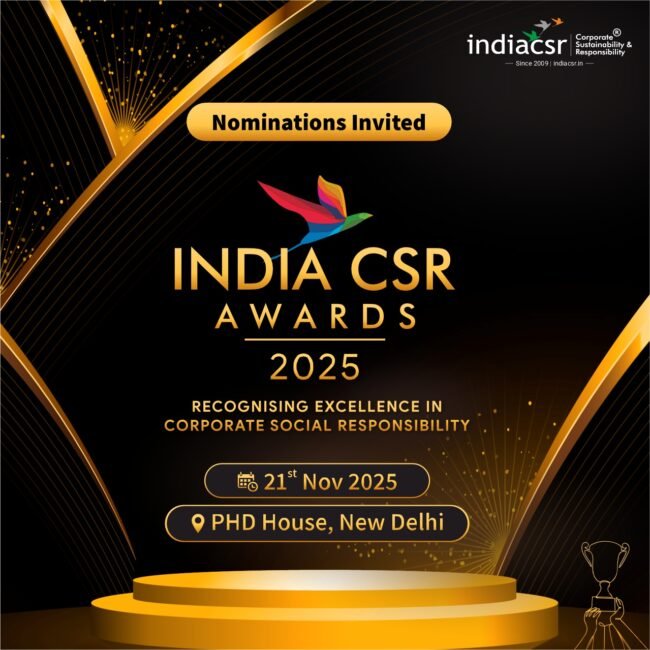The linear ‘take-make-dispose’ economic model relies on large quantities of easily accessible resources and energy. Much of our existing efforts to decouple the global economy from resource constraints focus on driving ‘linear’ efficiencies—i.e., a reduction of resources and fossil energy consumed per unit of manufacturing output.
Proponents of the circular economy argue that focussing on efficiency alone will not alter the nite nature of resource stocks, and—at best— simply delays the inevitable. A change of the entire operating system is necessary.
Circular Economy
The circular economy aims to enable effective use of materials, energy, labour and information so that natural and social capital can be rebuilt. It seeks to reduce energy use per unit of output and accelerate the shift to renewable energy by design, treating everything in the economy as a valuable resource.
The circular economy requires careful management of material flows, which are of two types. The first are the things as biological nutrients—materials designed to re-enter the biosphere safely and rebuild natural capital, and technical nutrients, designed to circulate at high quality without entering the biosphere.
The second is based on natural principles. The circular economy takes its insights from living systems as these have proved adaptable and resilient, and model the ‘waste is food’ relationship very well. They also bring insights around the cascading of materials as a way of recognising and capturing value as entropy (disorder) increases.
Design out waste
Waste does not exist when the biological and technical components of a product are designed by intention to within a biological or technical materials cycle designed for remarketing, remanufacture, disassembly or repurposing.
The biological materials are non-toxic and can easilybe returned to the soil by composting or anaerobic digestion, and may also yield higher-value substances before decomposing.
Technical materials—polymers, alloys, and other man-made materials—are designed to be recovered, refreshed and upgraded, minimising the energy input required and maximising the retention of value (in terms of both economics and resources).
This is a vital difference versus recycling within a linear economy, which takes products never designed for regeneration by intention and often results in a rapid degradation of value.
India story
There are few interesting cases of circular economy in India especially in the plastic industry beverage industry and even the waste management industry.
UNDP in alliance with Coca cola India is trying to ensure conversion of plastic waste into granules and other materials.
Another example is Hari Bhari which is converting solid waste into compost granules and refuse derived fuels.
There are companies like Ramky which are converting solid waste into compost refuse derived fuel and even electricity .There are companies in circular economy which is enabling conversion of electronic waste into wealth forms.
The India story of circular economy is still evolving and will take some years to catch up to the western world like USA.







